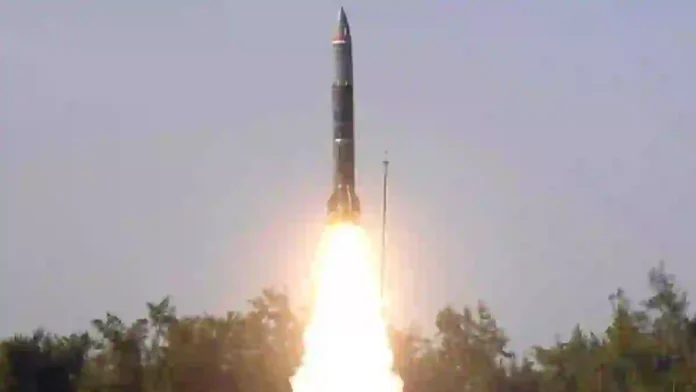India is set to enhance its military capabilities with the induction of the Pralay missile, a tactical ballistic missile designed for deployment along its borders with China and Pakistan. This decision marks a significant advancement in India’s military strategy, particularly in the context of regional security dynamics.
Pralay Ballistic Missile Features
Type: Tactical ballistic missile
Range: 150 to 500 kilometers
Payload: Capable of carrying conventional warheads weighing between 350 kg to 700 kg
Guidance: Equipped with advanced navigation and integrated avionics systems, allowing for high accuracy the ability to evade interception and allowing for targeted strikes.
The Pralay missile is characterized by its quasi-ballistic nature, meaning it can change its flight path mid-air, making it difficult for enemy air defence systems to intercept. This capability positions Pralay alongside other advanced missiles like China’s Dong Feng 12 and Russia’s Iskander, which have been operational in recent conflicts.
Read- India’s Private Sector Powers Defence Exports with Brahmos Leading Global Demand
The Indian Ministry of Defence has approved the procurement of a regiment of these missiles, which will be integrated into India’s newly proposed Rocket Force. This force aims to enhance India’s deterrence capabilities against both China and Pakistan, who already possess tactical ballistic missiles for similar purposes. The deployment of Pralay missiles is seen as a countermeasure to existing threats and is part of a broader strategy to develop a robust missile defence system.
The development of the Pralay missile began around 2015, propelled by strategic insights from late General Bipin Rawat, former Chief of Defence Staff. The missile has undergone successful testing, with notable trials conducted in December 2022. Its design draws on various missile programs, including elements from the K-series submarine-launched ballistic missiles and the Prahaar missile program.
Agencies




